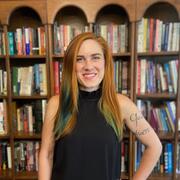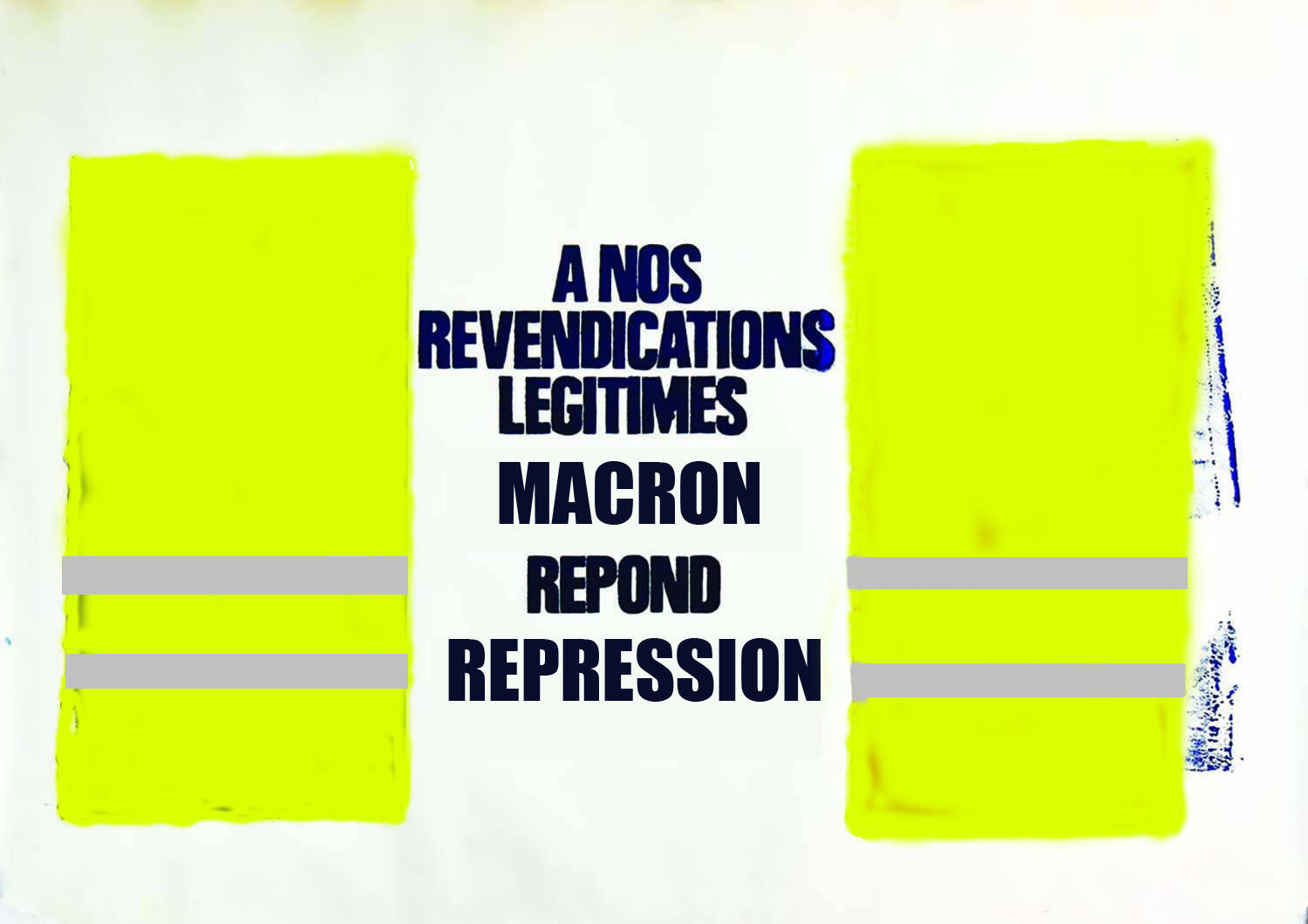
As a way of augmenting students' learning in History courses, Media & Design Fellow Claire Adams (PhD candidate in History) developed a series of workshops at the Learning Lab to introduce students to the fundamentals of visual communication and presenting academic findings in digital forms. Designed to work in conjunction with specific course content and the analytical methods that students need to practice, Claire’s scaffolding activities, and the assignments they supported, helped students gain experience in multimodal communication in a number of History and Gen Ed courses.
Early in the Fall 2021 semester, Claire hosted a Scientific Poster workshop for Professor Michael McCormick’s course, HIST 1056: The New Science of the Human Past: Case Studies at the Cutting Edge. Instead of doing a final paper, students in this course create scientific posters of the sort you’d find at an academic conference. Integrating visual communication into the academic research process, this exercise encouraged students to think about the expectations of an imagined academic audience encountering their posters. Making scientific posters also required students to consolidate their research and to present it in a concise and easily readable manner.
Claire also facilitated a workshop on graphic design in support of Professor Mary Lewis’s course, HIST 1206: Empire, Nation, and Immigration in France since 1870. This workshop supported an assignment that asks students to “update” a historical work of political art for a contemporary audience, visually representing contemporary political movements by referring to political iconography and styles from the past.

Claire additionally held a series of digital gallery workshops for GENED 1044: Deep History, taught by Professors Dan Smail and Matt Liebmann. Claire hosted students in the Learning Lab, leading tutorials in some of the tools that students could use to create digital renderings of artifacts for their final virtual gallery exhibits about “deep human history.” These workshops helped students design and receive feedback on their plans for the assignment. Benefitting from these tutorials, some students asked to return to the Learning Lab with Claire to receive further instruction in the digital gallery tools.
This spring, Claire brought students to the Learning Lab for a workshop covering the digital platforms students can use to create virtual exhibits featuring medieval artifacts as part of GENED 1160: Harvard Gets Medieval, taught by Professor Dan Smail. Claire is supporting her students in database creation, map creation, annotation of physical objects for museum work, and digital gallery creation, in order to show how historians analyze texts and artifacts from the medieval period.
Claire is also working with students in Prof. Lewis’s GENED 1140: Borders, as they complete activities in map analysis and creation that, as Claire described, “encourage them to think critically about what a border means.” Claire will be helping students with a final project that prompts them to intentionally select a border for in-depth analysis that may take the form of a video, podcast, map analysis, or op-ed.
Reflecting on her time as a Media & Design Fellow (MDF), Claire spoke about how the program has helped her develop as an instructor and researcher. “The most exciting aspect of working as an MDF is the opportunity to learn how the various programs, applications, and assignments are being used pedagogically across various departments,” Claire reflected. “This has opened my eyes to ideas about how I would like to structure my own courses in the future (if I am lucky enough to remain in academia) and how I could better conduct my own historical research.”
We are thrilled to support innovative course development within the FAS through our MDF program, and to see our fellows create such a wide variety of digital tools, course materials, and assignments for undergraduate courses and departments. If you are interested in learning more about multimodal assignments or the MDF program, get in touch with the Learning Lab.
